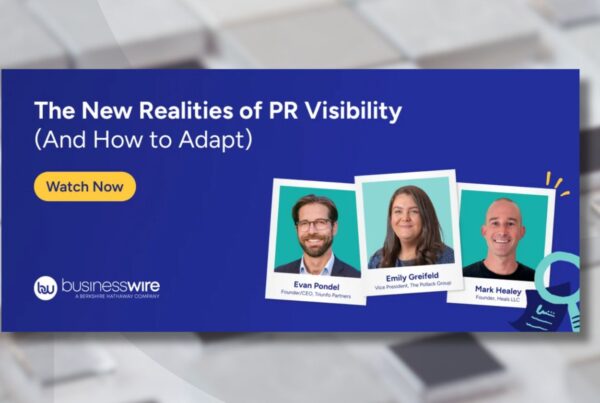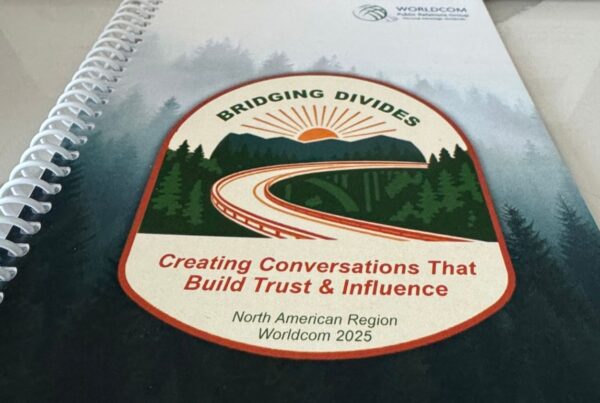In today’s media landscape, even the best pitch can disappear into a void of unread emails, overworked inboxes, and journalists covering three beats and a TikTok feed. The rules of engagement have changed. What used to work doesn’t anymore. But for those who know how to build true media relationships, the chaos? It’s an opportunity.
Let’s get the facts straight:
- One: Journalists are busier than ever.
- Two: The media landscape is more fragmented than it’s ever been.
- Three: The old ways of pitching just don’t cut it.
A decade ago, a thoughtful, targeted email could get a response. Maybe even a story. Today? That same email is buried under press releases, embargo requests, and 3,000-word op-eds nobody asked for. Reporters are juggling layoffs, beat changes, and their own brand of burnout. Relationships still matter, but they look different now.
Effective media partnerships aren’t about clinging to a rolodex of legacy names. They’re about knowing when to call, when to DM, and when to sit one out. It means reading the room, following the coverage, and listening to what journalists are saying, on Twitter (or fine, X), in newsletters, and between the lines of what they’re not writing. It’s about knowing who’s telling the story, not just what the story is.
And those relationships? They’re not one-and-done. They’re built when there’s nothing to pitch, followed up on after coverage runs, and strengthened by simply being a reliable, respectful presence.
So, what makes a media partnership actually work right now?
- Consistency over chaos: Headlines are great, but real results come from real relationships. Some of the most impactful press moments don’t come from splashy pitches, but from years of being dependable. Following up, saying thank you, and amplifying a reporter’s work still goes a long way.
- Homework matters: “Let me know if you’re working on anything I can support” isn’t a pitch. The best outreach comes with context, understanding what the journalist covers, what they hate being pitched, and how the story being offered makes their job easier, not harder.
- Meeting media where they are: In a diversified media ecosystem, it’s not just about top-tier nationals. Trade pubs, newsletters, podcasts, TikToks, regional weeklies, they all play a role. Sometimes a smart stitch or a sharp quote in a niche blog moves the needle more than a front-page placement.
- Trust is the real currency: Reporters remember who wastes their time, and who doesn’t. Media relationships are protected by being honest, not forcing bad fits, and showing that a client walks the walk. This isn’t about spin. It’s about credibility.
At The Pollack Group, strategy is the throughline. But strategy doesn’t land without a real human connection. In a noisy media landscape, the signal still gets through if the message is sharp, the pitch is smart, and the relationship is built on trust, not transactions.
Effective media relationships aren’t built overnight. They take effort, timing, and the occasional well-placed GIF. The media may be fragmented, but the approach doesn’t have to be.
Ready to pitch something worth reading? Let’s talk.






